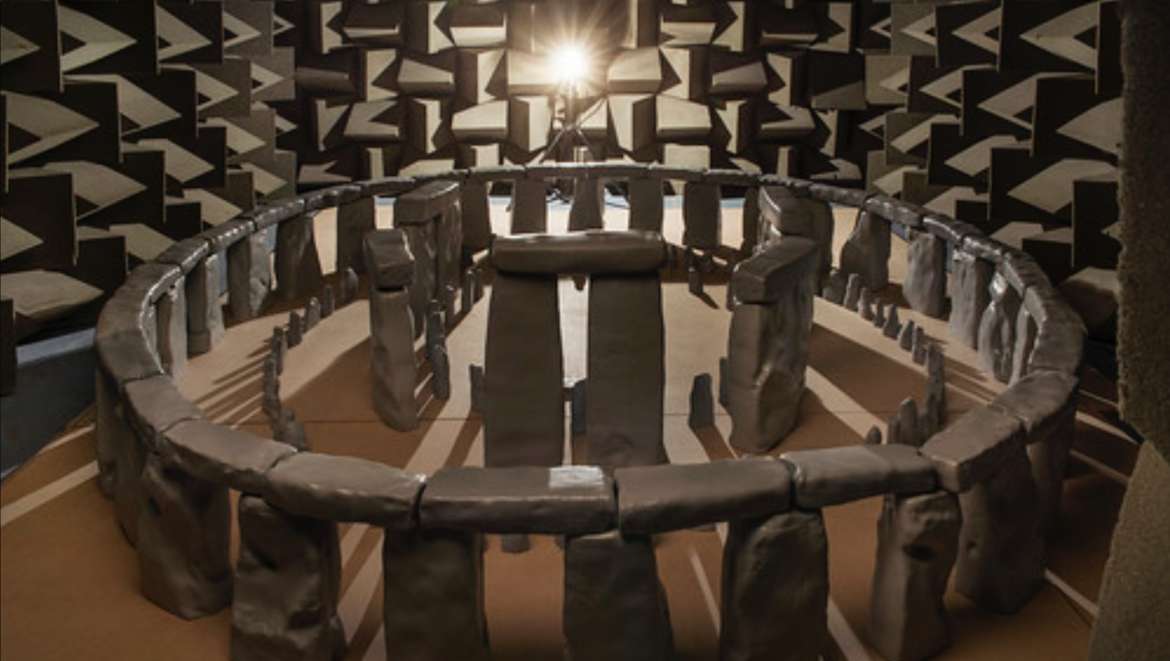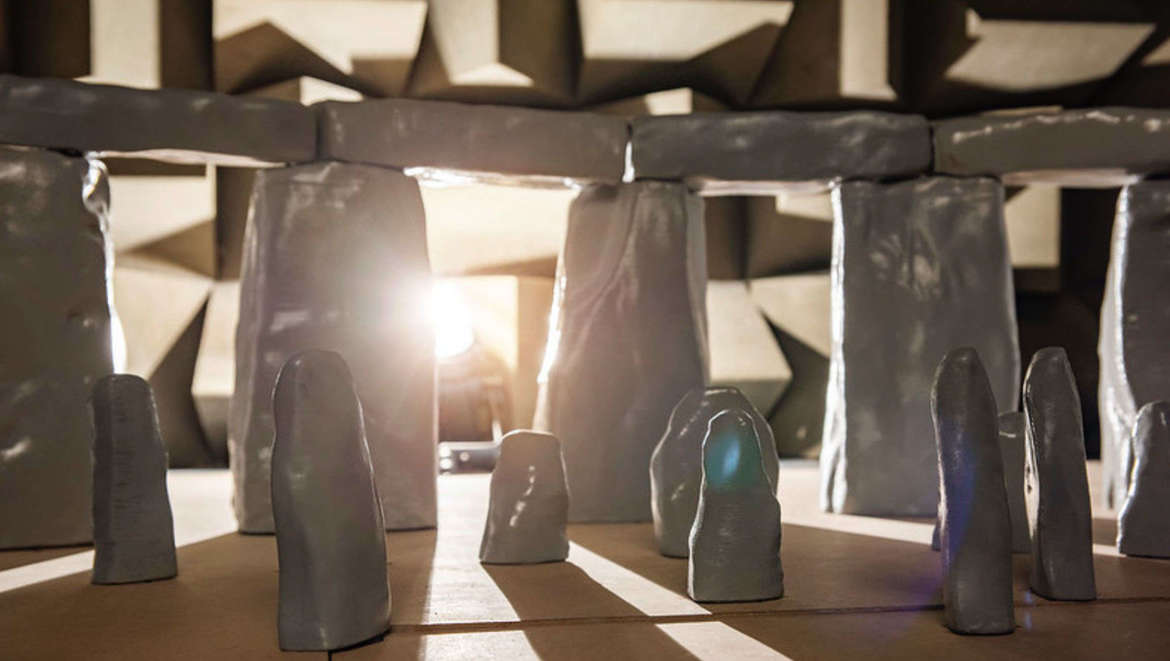Greenland Ice Sheet Reached Tipping Point 20 Years Ago, New Study Finds
At the turn of the 21st century, unbeknownst to the world, the Greenland ice sheet likely entered a state of sustained mass loss that will persist for the foreseeable future, according to a new study. Though the finding has raised concern over the future of the ice sheet, scientists emphasize that reducing emissions remains critical.
The study, which looked at 40 years of satellite data, was released on August 13 in Communications Earth & Environment. Second in size only to the Antarctic ice sheets, the Greenland ice sheet covers nearly 80 percent of the vast island. It contains the equivalent of about 24 feet of global mean sea level rise and, due to its accelerated retreat, is considered the largest single contributor to rising sea levels worldwide.
While the ice sheet’s decline has been well-documented over the past two decades, this latest study, led by Michalea King of the Byrd Polar and Climate Research Center, found that widespread glacier retreat helped push the ice sheet from a balanced to an imbalanced state. This work suggests that even if the oceans and atmosphere were to stop warming today, the ice sheet will continue to lose more ice than it will gain.

The Greenland ice sheet likely lies above an ancient tundra landscape with its own complex topography. Photo: Michalea King
In the decades leading up to the turn of the century, the ice sheet was in a state of relative equilibrium. The ice lost in a given year would be replenished by wintertime snowfall, and the sheet maintained a near-constant mass. But beginning around the year 2000, ice discharged through outlet glaciers—channels that flow outward to the sea—started to outpace annual snowfall that, in a balanced year, would replenish lost ice. The authors sifted through 40 years of satellite data, tracking outlet glacier velocity, thickness, and calving front position over time to determine the rate of ice loss. The shift they found represents a tipping point that is unlikely to be reversible in the near future. King told GlacierHub, “It’s like a gear change… we’ve accelerated the drainage at the edge of the ice sheet, and now… we expect mass loss to be the new norm for the ice sheet in the near future.”
Ian Howat, director of the Byrd Polar and Climate Research Center and co-author of the paper, explained to GlacierHub that the dynamics of ice loss through outlet glaciers can be likened to the functioning of a dam. “Those glaciers act just like a spillway on a dam,” he said. “The more you open the spillway… the faster the reservoir gets drawn down.” The study suggests that longer-term thinning throughout the 20th century—likely due to warming oceans—led up to a mass retreat event in the early 2000s. The result was a “step-increase” in the rate of discharge through outlet glaciers; before 2000, 420 gigatons of ice were discharged annually. In the years following, the rate increased to 480 gigatons of ice discharged annually. A gigaton is equal to one billion metric tons, roughly the mass of all land mammals (excluding humans) on Earth. “When all of these glaciers retreated at once, it was enough to significantly increase the rate at which ice flows into the ocean. It’s like the spillway on the dam was opened up,” Howat said.

Members of the research team place equipment atop the ice sheet. Photo: Michalea King
According to King, the significance of this new rate of discharge is that “consistently, more ice is being lost through the flow of these glaciers than is being gained by snow accumulation.” Returning to a balanced state would require an extra 60 gigatons per year of snowfall or reduced melting. Yet under essentially all climate change scenarios, the opposite is expected.
The findings of this study—along with others that document the decline of the Greenland ice sheet—spell worrying news for sea level rise trajectories. Marco Tedesco, research professor of marine geology and geophysics at the Lamont-Doherty Earth Observatory, explained to GlacierHub that the Greenland ice sheet has been, and will increasingly be, a major contributor to rising sea levels. The two primary causes of sea level rise are thermal expansion—ocean water expands as it warms—and the melting of land-based ice. With sea level rise projected to submerge land home to 150 million people permanently below the high tide line (and that estimate assumes stability of the Antarctic ice sheet), Greenland finds itself in the spotlight. “In terms of direct contribution,” Tedesco said, “Greenland is actually the largest contributor now, with about 20 to 25 percent of sea level rise due to Greenland.” Moreover, the percentage of contribution could increase to 30 or 40 percent by the end of the century, according to Tedesco.
The ice loss shown above has resulted in about 0.8 millimeters per year of sea level rise. Source: NASA
Another study on the Greenland ice sheet, coauthored by Tedesco, made international headlines recently, concluding that 2019 was a year of record ice loss. According to scientists, the ice lost in 2019 was double the yearly average since 2003. Ian Joughin, a glaciologist at the University of Washington’s Polar Science Center, connected the dots between these two major studies. “Nobody really, 20 years ago, was expecting glaciers to speed up as rapidly as what we’ve seen,” he told GlacierHub. In terms of annual loss of ice, “people think of it as melting, but it’s basically the balance between how much snow falls each year, and how much icebergs calve off and how much melting actually occurs on the ice sheet itself.” Ultimately, neither melting nor ice discharge alone can explain the changing ice sheet. They are, rather, two processes in a complex dynamic, which glaciologists are racing to understand using a combination of field work, remote sensing, and modeling.

Coastal waters of Greenland from above. Photo: Michalea King
Rapid international action is needed to limit global warming to 1.5˚C, which would allow more time for adaptation to rising sea levels. Addressing recent headlines declaring that the ice sheet has reached the point of no return, a statement that has since been discussed within the scientific community, Howat said, “I think it’s very important to emphasize that this loss of the ice sheet is not irreversible. We’ve witnessed a step-change that is unlikely to be reversible in the near future, but we still have a long way to go and we still have a lot of say in how quickly the ice sheet will continue to retreat.”












